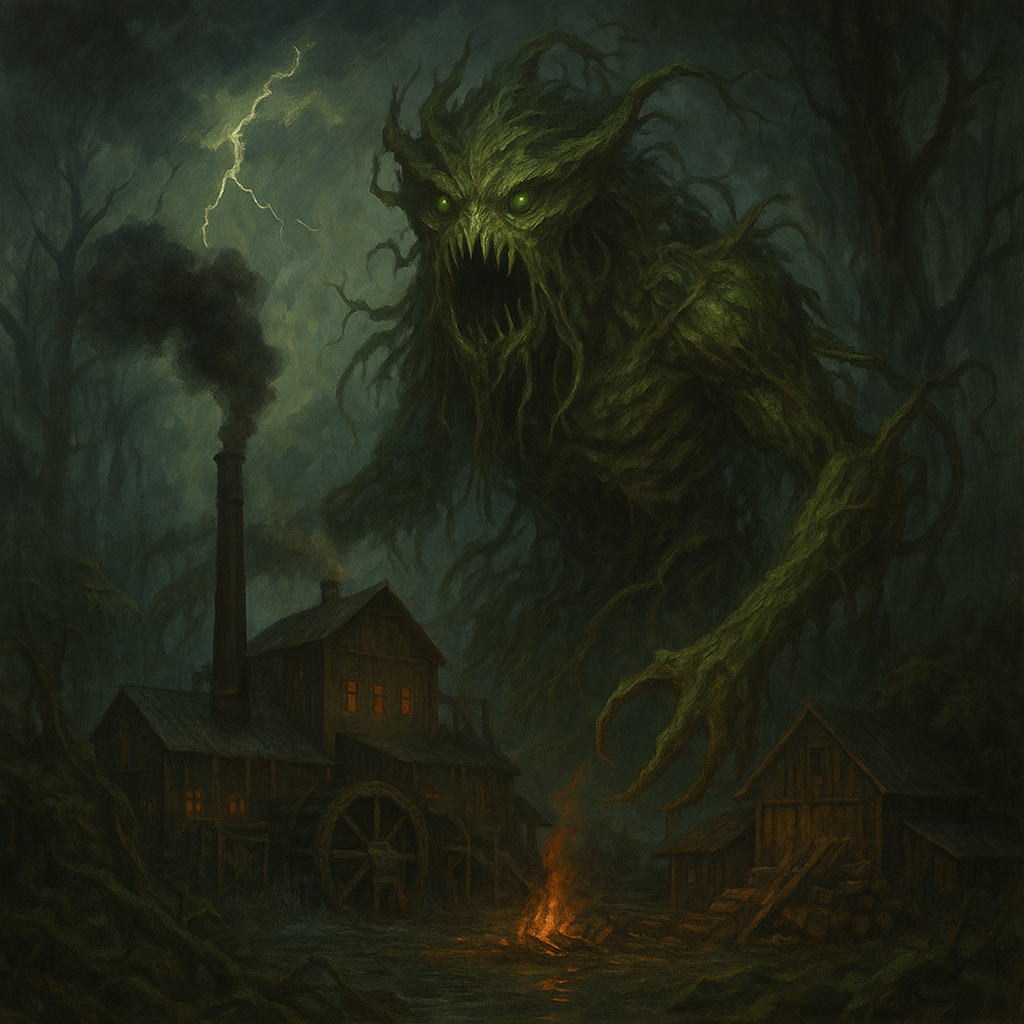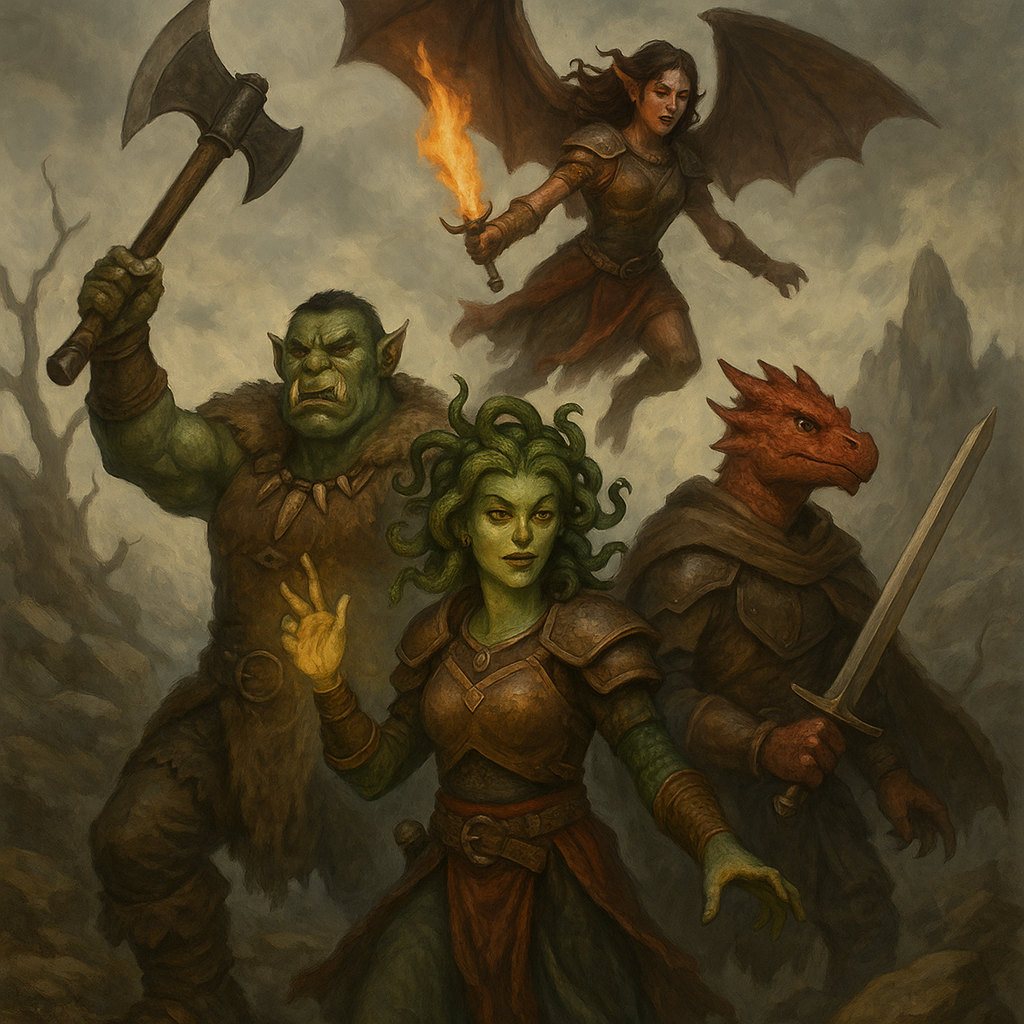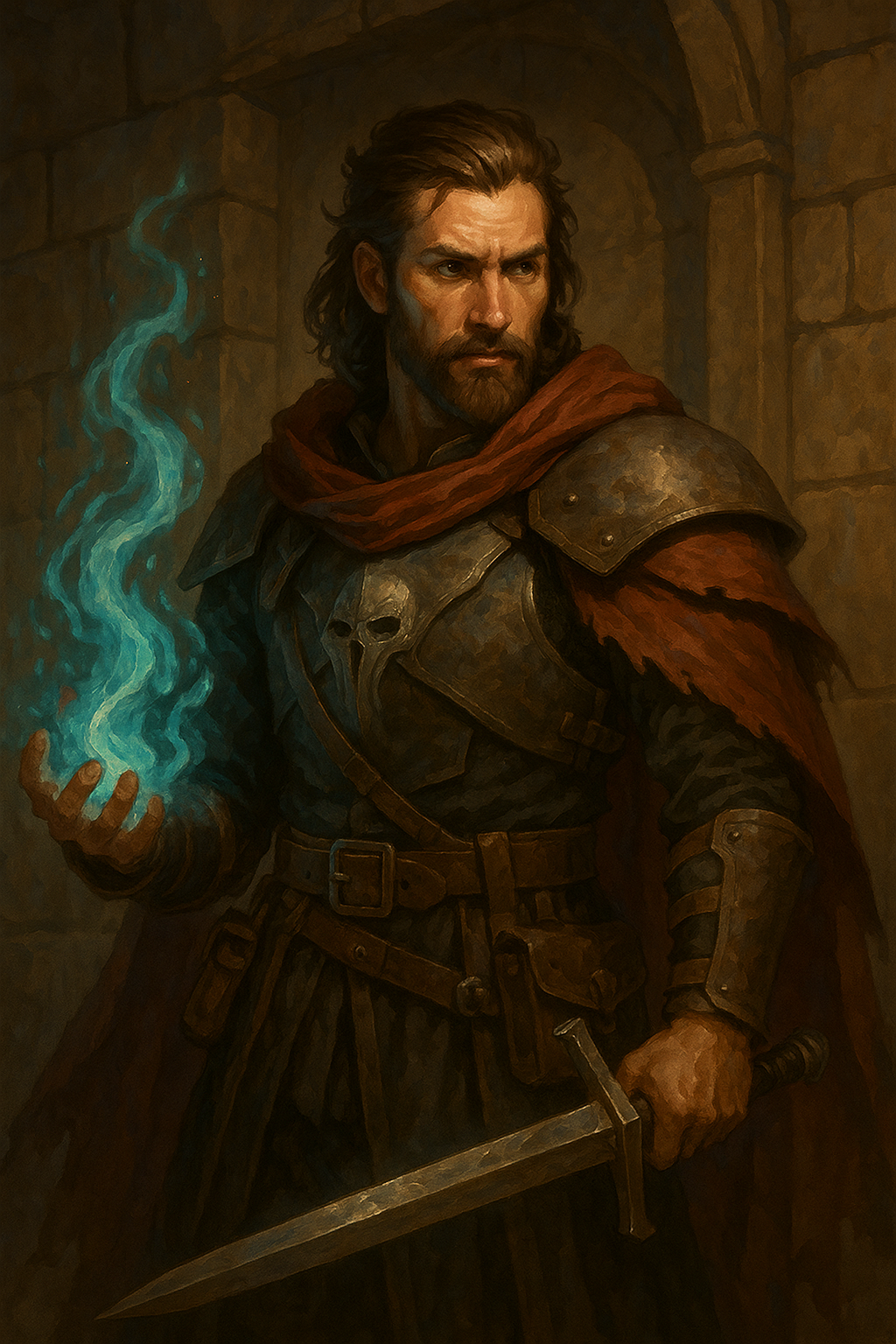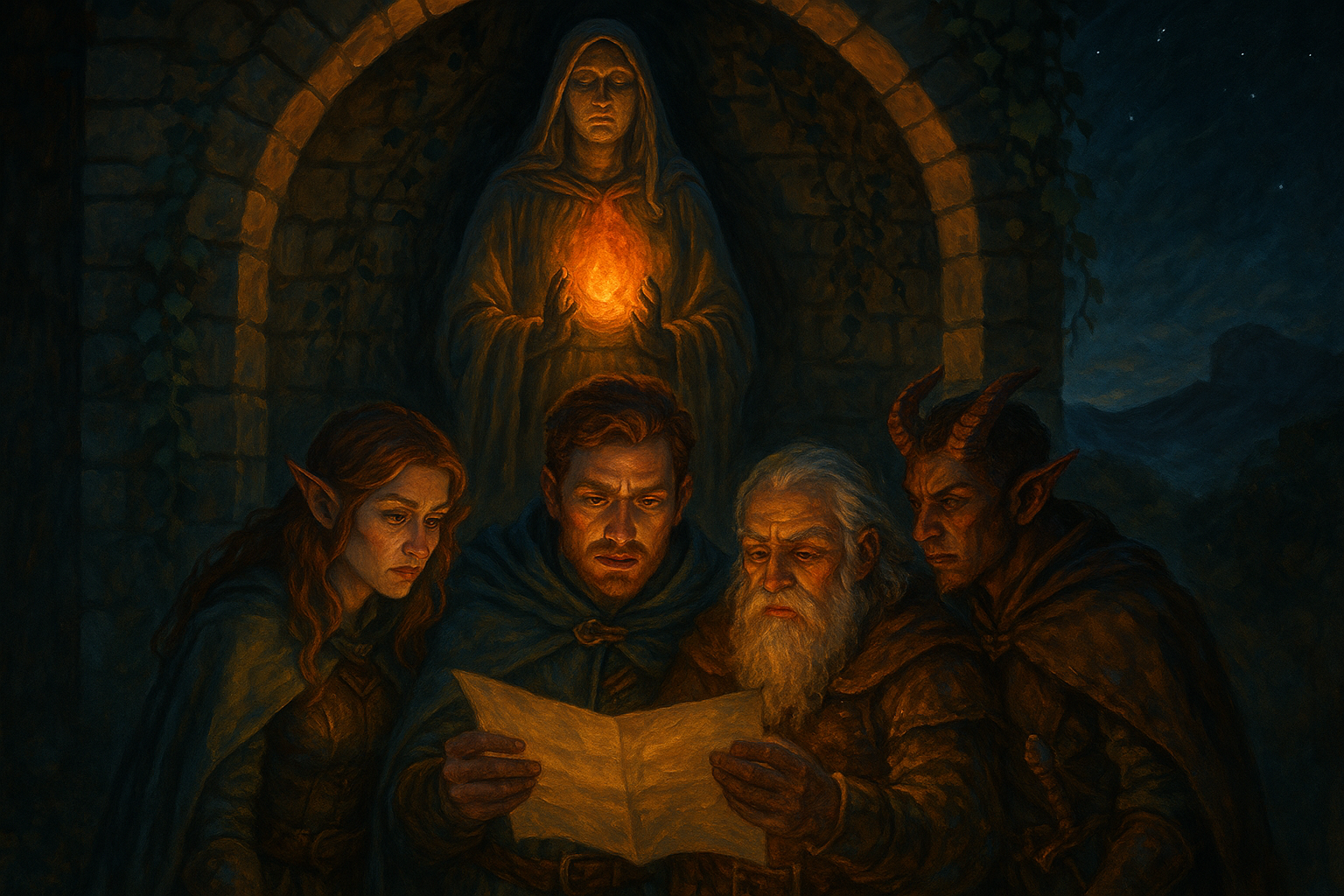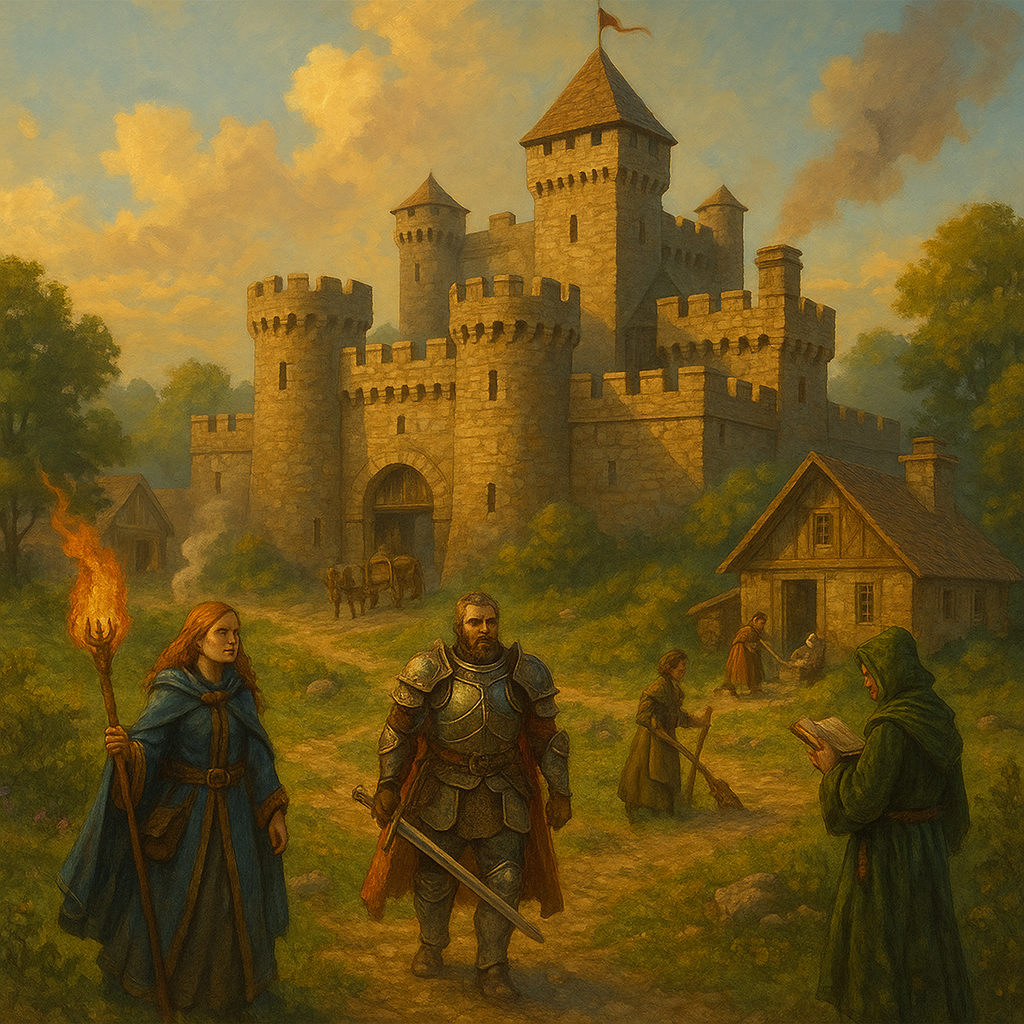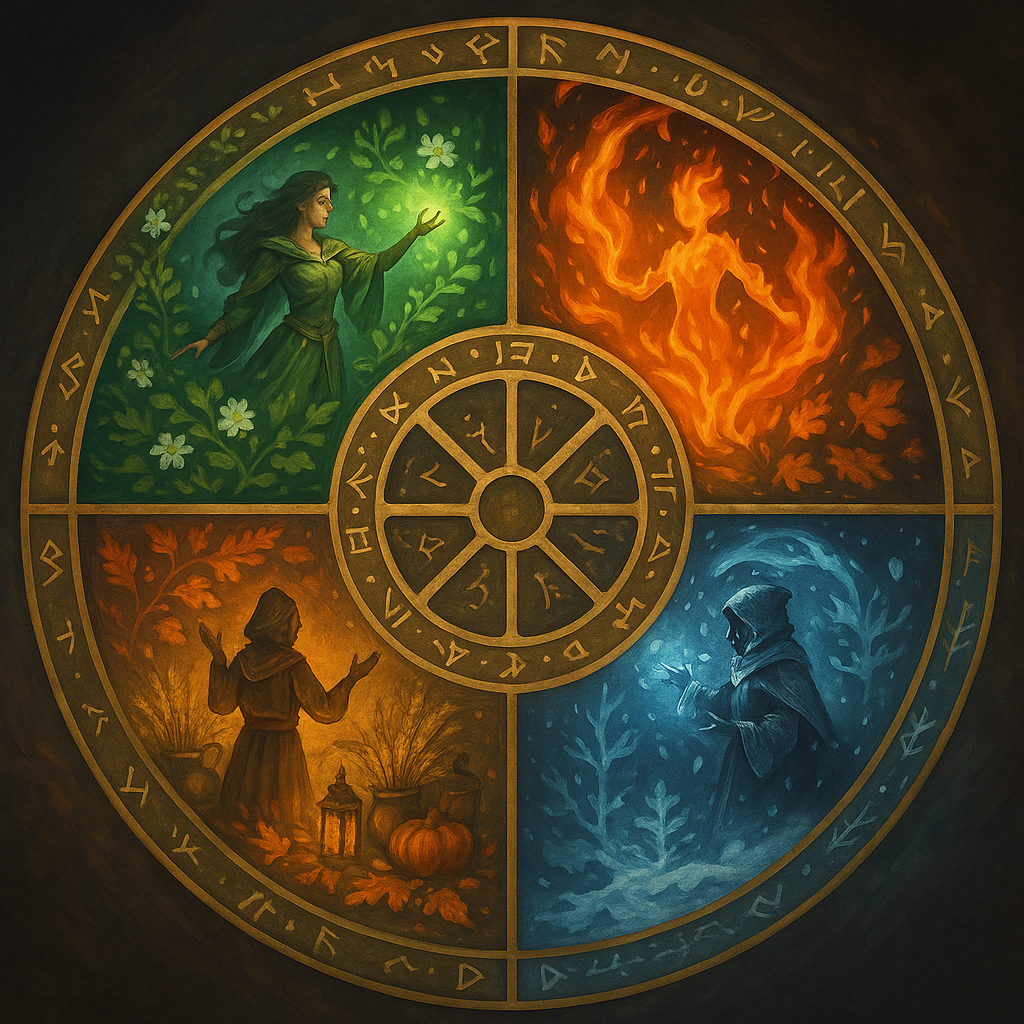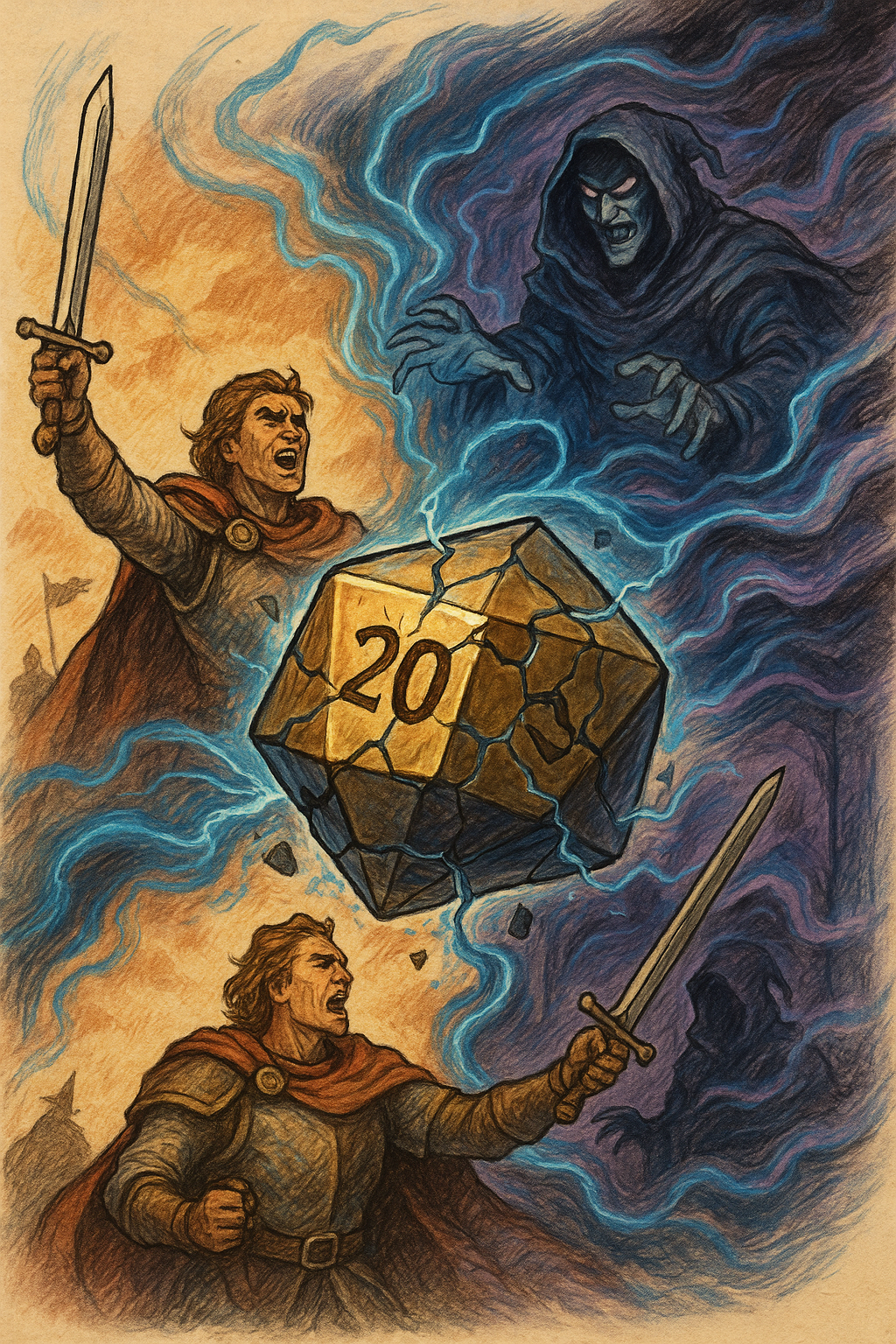Your Ultimate Guide to Mastering Dungeons and Dragons
your #1 nationwide dungeon master blog
our DM blog Posts
Our blog posts at The Daily Dungeon Master offer expert tips, campaign ideas, and resources for Dungeon Masters looking to enhance their D&D sessions. From building immersive worlds to managing gameplay, we’ve got you covered! Click the button below to explore the rest of our posts.
Unleash the Power of a Dungeon Master
Welcome to The Daily Dungeon Master Blog! While the blog name suggests daily posts, expect new content two days a week, with occasional guest articles or a miniature painting post. The blog showcases my various D&D campaigns, offering valuable advice for Dungeon Masters. You'll find comprehensive resources to help you craft immersive narratives, build vibrant worlds, and manage dynamic gameplay, designed to elevate your DM skills and turn your sessions into unforgettable adventures—no matter where you are!
Dungeon Masters Crafting legendary Campaigns
Design captivating campaigns that intrigue and challenge your players. From epic quests to mysterious plots, our tips and tricks will help you weave intricate stories that keep players on the edge of their seats. Discover the art of crafting campaigns that become the stuff of legends.
Master the Art of a Role-Playing game
Immerse yourself and your players in rich, character-driven role-playing experiences. Learn how to create compelling NPCs, develop intricate backstories, and foster meaningful character interactions. Dive deeper into the essence of role-playing and bring your D&D world to life.
Magic and Mysticism with our Dungeons and Dragons DM
Infuse your campaigns with the wonders of magic and the mysteries of the arcane. Learn how to balance magical elements, create unique spells, and integrate magical items into your story. Let magic become a cornerstone of your players' journey.
Tabletop RPG Dungeon Master Essentials
Beyond D&D, expand your horizons with resources tailored for various tabletop RPGs. Whether you're running a sci-fi epic or a gothic horror, our guides provide the tools you need to master any setting. Level up your skills and become a versatile Dungeon Master across genres.
want to learn how to be a Dungeon Master?
Connect with fellow Dungeon Masters and share your experiences, challenges, and successes. Our community is a hub for collaboration, inspiration, and support. Join us and become part of a network that celebrates the art of Dungeon Mastering! Ready to take your Dungeon Master skills to the next level? Join our community today!
The Ultimate dungeon master Guide
The Ultimate Dungeon Master Guide is a must-read for any D&D enthusiast, offering in-depth tips and tricks to elevate your game. At The Daily Dungeon Master, our blog covers everything from campaign ideas to character creation, helping both novice and seasoned DMs bring their adventures to life!
Discover the DM World with our dungeon master resources
Welcome to The Daily Dungeon Master, your ultimate resource for all things D&D. Our blog covers a wide range of topics, from character creation and world-building to crafting intricate storylines and mastering gameplay mechanics. Our dedicated team shares their wealth of experience and passion for the game to help you bring your campaigns to life. Don't miss out on our latest tips, tricks, and updates. Subscribe now and embark on an adventure like no other!
dungeon master Tips for Thrilling Games
At The Daily Dungeon Master, we’re here to help you elevate your D&D campaign to the next level. Our blog is packed with insights, strategies, and creative ideas to make every session unforgettable. Whether you're a seasoned Dungeon Master or just starting your journey, we've got something for everyone. Dive into our extensive collection of articles and unlock the secrets to creating immersive and engaging adventures for your players. Join us on this epic quest and become the Dungeon Master you were meant to be!
Essential Dungeon Master Tools
Equip yourself with the ultimate tools for managing and enhancing your D&D sessions. Our selection of resources includes maps, character sheets, encounter builders, and more. Streamline your game preparation and execution, leaving more time for the adventure itself.
showing support for The National Multiple Sclerosis Society nonprofit organization
The National Multiple Sclerosis Society is a nonprofit organization dedicated to advancing research, providing support, and advocating for individuals affected by Multiple Sclerosis (MS). Founded in 1946, they play a crucial role in funding research aimed at finding a cure, improving treatments, and understanding the complexities of MS. It also offers a wide range of resources, including educational programs, support groups, and services designed to empower and improve the quality of life for those living with MS. Through its advocacy efforts, the National MS Society works tirelessly to ensure access to quality care, expand research funding, and address the needs of the MS community at both local and national levels.
The Daily DM podcasts
Check out The Daily Dungeon Master's podcasts, where we dive into thrilling D&D discussions, campaign tips, and interviews with experienced DMs. Click the link below to listen and enhance your next game!
The Daily DM Blog memberships
Join The Daily Dungeon Master Blog and unlock exclusive content with our membership! We offer 6 tiers, ranging from just $1 to $250 a month, each packed with unique perks, including early access to blog posts, custom campaign resources, and even 1-on-1 consultations with seasoned Dungeon Masters. Click the button below to sign up and choose the tier that suits your adventuring style!
our experienced DM master team
Our team at The Daily Dungeon Master brings together decades of experience and passion for tabletop gaming. The Daily DM, with nearly 30 years of Dungeon Mastering, leads the blog while running multiple weekly games. We also have contributors like Anonymous Bosch, an experienced DM, and Riley J. Rath, a freelance writer based in San Diego. Brandon Bogle is currently on sabbatical, but we look forward to his return. Plus, aseretgamer63 is our primary RPG video game contributor—trust us, she’s awesome!
Frequently Asked Questions
Send us a Message
Leave us a message, and we will get back to you as soon as possible!
















